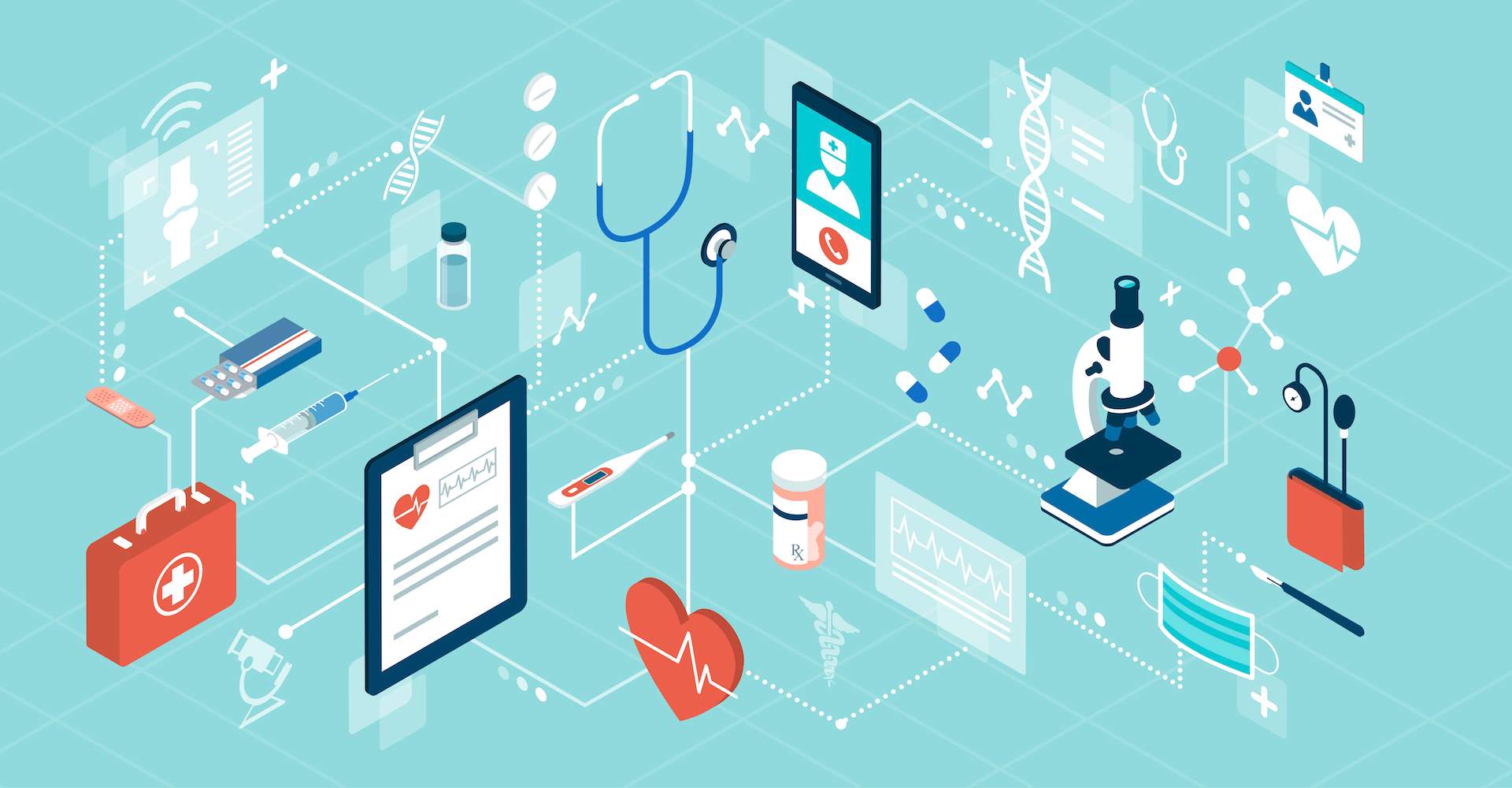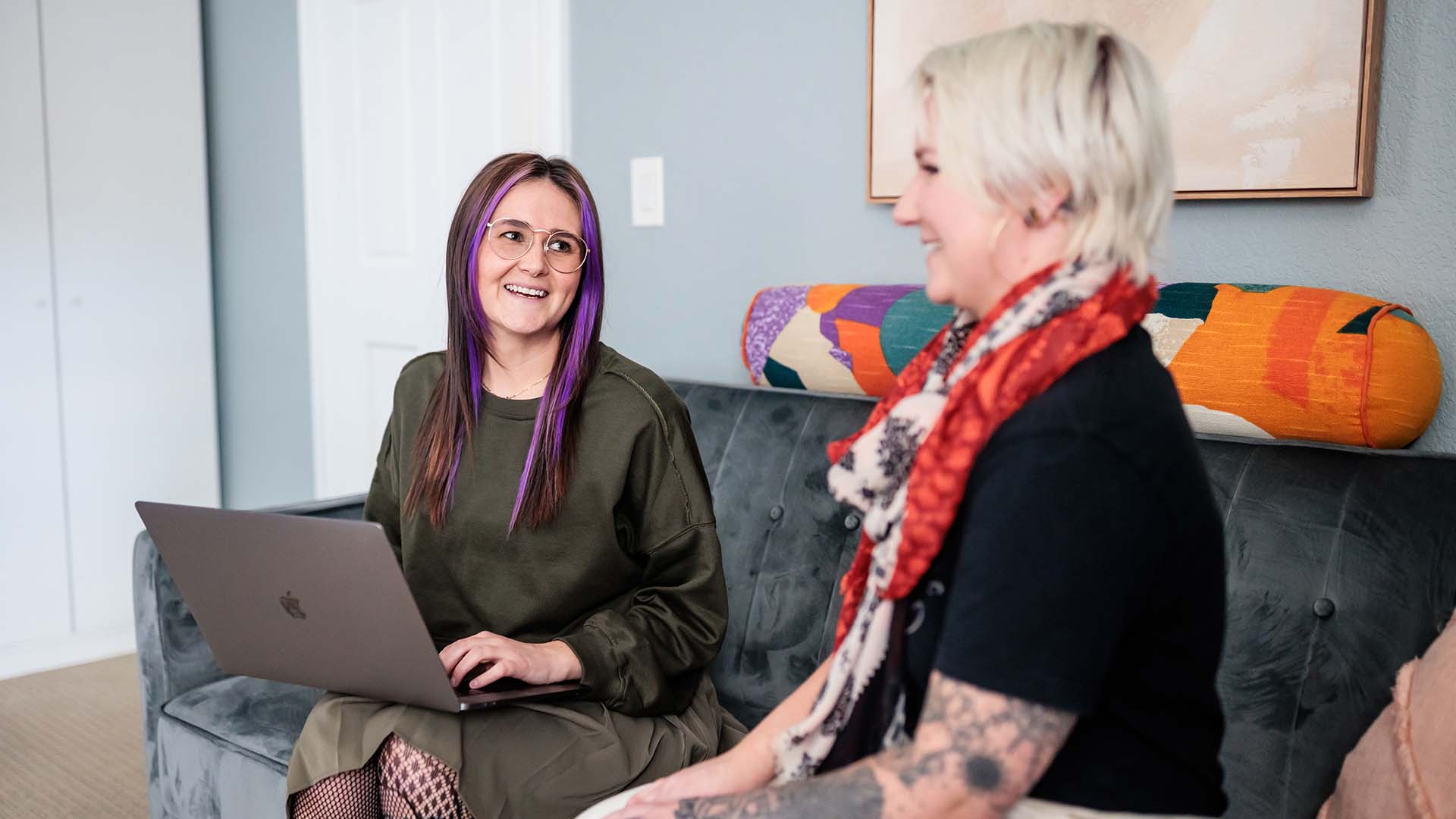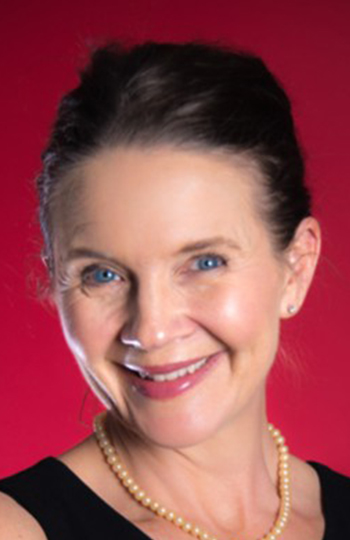‘Telehealth’ booms amid COVID-19 pandemic
Prior to the coronavirus, Americans were slow to adopt virtual health care. Now, they’re clamoring for the services. Here’s how the state and universities are responding to deliver digital medicine.

With the rapid onset of the COVID-19 pandemic, the Mental Health Center of Denver faced the daunting challenge of moving 100% of its patient visits online in three days.
The facility was able to make the transition to “telehealth” with the help of Prime Health, the health-care-solutions collaborative that also works with organizations such as STRIDE Community Health Center and the Transgender Center of the Rockies.
An umbrella term for digitally delivered medical assessment between a patient and a medical provider, telehealth includes medical practice and surgical specialties and extends to behavioral- and mental-health services. While the COVID-19 pandemic has pushed health care providers to rapidly deploy telemedicine services to minimize face-to-face interactions, the transition toward it has been in the works for years.
“As an organization, we were able to support providers to make this drastic shift,” said Katrina Chaffin, a Prime Health program manager and graduate of Metropolitan State University of Denver’s Masters of Health Administration. “And it’s one thing to get built and implemented overnight, but now we’re looking at how to keep this remote health care delivery sustainable.”
Prior to the pandemic, the telehealth market was valued at $45 billion in 2019, according to an April 2020 report by Global Market Insights. But the service experienced an overnight boom when the Trump administration on March 17 announced an expansion of Medicare telehealth coverage. It was further boosted by the CARES Act, which awarded $200 million through the Federal Communications Commission to medical groups instituting telehealth systems, according to Kaiser Health News. Now, the market is expected to grow more than 80% year over year in 2020, according to a new report by Arzton Advisory & Intelligence.
While Chaffin and Prime Health were forced to move fast, she was prepared: Her graduate residency focused on telehealth implementation and program design. Telehealth systems have long been on the University’s radar, and competency in such systems is considered a critical health-industry skill, said Kevin Zeiler, professor and chair of MSU Denver’s Department of Health Professions. Now, the University is responding to the boom with a new class focused on delivering telehealth during the pandemic.
“The (health care) community was telling us, ‘We need this; this is the way to go,’” Zeiler said. “We were really able to respond to an immediate need.”

Rapid advancement
Within the framework of the COVID-19 pandemic, agility in the health-care-practitioner pipeline is required to respond to a rapidly evolving landscape, said Paul Murphy, a health-industry consultant with more than a decade in the telehealth space who will be teaching the MSU Denver course COVID-19 Pandemic: Telehealth From a Multidisciplinary Approach.
“(Experts have noted) that telehealth has jumped forward on the adoption curve by 10 years,” he said. “The business models are there, and conceptually it’s been around for years, but now all of a sudden people are realizing they don’t want to or can’t just go to the hospital like they used to.”
The pandemic has also expedited the University’s response to the larger telemedicine trend, which has seen 60% of medical schools begin requiring or offering telehealth studies, Zeiler said. He credited the University’s interdepartmental Health Institute as instrumental in fast-tracking the course, developed in conjunction with faculty members including Tanya Greathouse and Eileen Starr from the University’s Department of Social Work.
As we begin to emerge from the initial COVID 19 lockdown, Murphy sees a more efficacious look at larger systems of health care delivery reflecting some of the less-restrictive regulatory trends of the COVID 19 response, with telehealth as a central factor slated to expand.
For instance, Murphy serves on a working group for Colorado’s Office of eHealth Innovation, connecting with vendors to extend free services into communities throughout the state, supporting grant-funding opportunities and policy development, as well as infrastructure and evaluation efforts. The working group reports up to The eHealth Commission, which was created to provide advice and guidance to the Office of eHealth Innovation on advancing Health Information Technology in Colorado. Prior to the pandemic, telemedicine models had a highly regulated approach to practice, but has substantially loosened those regulations in recent months to allow more immediate access to care delivery, Murphy said.
More than a video call
The future of telehealth will also see increased involvement by big tech, he said, including the emergence of artificial intelligence and virtual reality.
“(Telehealth) is a tool for facilitating access to delivery of more-affordable quality care,” he said. “We have providers increasingly connecting with patients around the globe; it’s becoming increasingly boundaryless.”
Telehealth is much more than a video call with a doctor, Murphy said.
The four modalities of telehealth traditionally include real-time interaction with a professional; an asynchronous “store-and-forward” system (for instance, taking a photo and sending it for review); remote monitoring, which feeds continually measured readings; and mobile applications and products marketed directly to consumers, such as wearable fitness trackers and blood-pressure cuffs.
While certain procedures such as blood draws and thorough physical exams can’t be fully replaced, Murphy said many related procedural components such as follow-up appointments, prescription refills, wellness checks and even simple vital-sign readings can be successfully done virtually.
“When people hear ‘telehealth,’ they think tech, but there’s so much more behind the scenes – guidelines, payers and policy,” he said. “There’s a systemic environment we need to understand to know how to respond effectively.”







